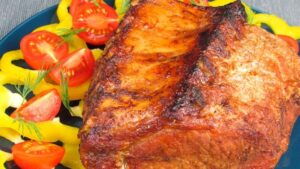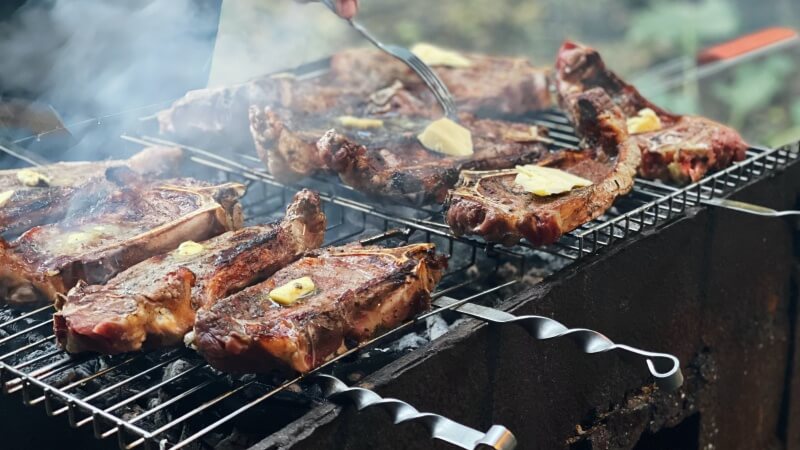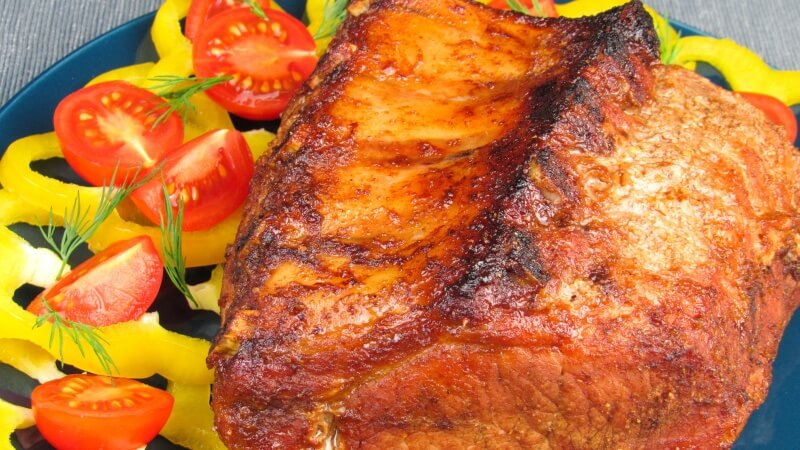
How To Enhance Your DIY Meat Probe with Voice Control Features
Every culinary enthusiast knows the importance of a perfectly cooked steak, and that’s where a meat probe comes in handy. But what if we could

Whether you’re an avid griller or an aspiring home chef, a wireless meat thermometer is an essential tool for cooking meat and poultry to absolute perfection each and every time.
However, there are several factors that can affect the accuracy and reliability of your thermometer readings.
Follow these tips to get precise, consistent temperature measurements that ensure your food is cooked to your exact specifications.

Not all wireless thermometers are created equal when it comes to precision and performance. Here are the key features to look for in an accurate meat thermometer:
The probe should provide ultra-fast temperature readings in 2-3 seconds. Slow response times will not reflect the true internal temp. Seek out thermocouples rather than thermistors for the fastest response.
A thin, pointed probe tip will minimize the impact on the surrounding meat and deliver precise readings from the very center of cuts. Wide probes tend to provide inaccurate averages.
Look for extended wireless ranges for the freedom to monitor from anywhere while meat cooks. Avoid limited wireless connectivity.
Dual or more probes allow you to monitor multiple spots at once for complete temperature precision.
Once you have the right thermometer, proper technique is crucial for precision. Follow these insertion guidelines:
The entire probe tip should be inserted into the thickest, meatiest part of cuts like roasts and whole birds until the tip reaches the true center. Avoid fatty areas or bones.
Probe positioning relative to meat fibers impacts conduction. Insert parallel to fibers in thinner cuts or perpendiculars in thicker meats.
Thin probe tips minimize the amount of meat displaced. Allow meat to fully contact the probe for accurate readings.
Contact with hard surfaces conducts extra heat, providing false high readings. Keep the probe surrounded only by meat.
For large roasts, use dual probes in different spots to confirm even cooking. Compare shallow and deep areas.
Your thermometer technique when checking temps also affects accuracy:
When first inserted, allow the reading to equilibrate for 15-20 seconds before judging the temperature.
Double check temps in different areas, especially the thinnest and deepest spots which can vary.
Settings calibrated for your specific cut and desired doneness will provide tailored accuracy.
Appearance alone doesn’t indicate doneness. Rely on the precise probe reading for food safety.
Meat may rise 5-10°F after removal as heat equalizes. Anticipate this effect.

To consistently achieve precision, proper maintenance and cleaning is a must:
Recalibrate your thermometer before each use according to manufacturer instructions for reliability.
Inspect probes and replace them immediately if tips become damaged or worn for the most accurate readings.
Clean probes thoroughly after each use to prevent food residue buildup that can insulate tips.
Take care to only submerge the probe tip itself during cleaning to prevent damage.
Return probes to the protective case after use and avoid exposure to extreme temperatures during storage.
Once you’ve mastered the basics, a few advanced techniques can take your thermometer precision to the next level:
If you notice your wireless thermometer delivering suspicious or inconsistent readings, here are some steps to isolate the problem:

With a high-precision wireless thermometer and proper techniques, you can master cooking any cut of meat flawlessly:
Take your culinary skills to the next level with the pinpoint temperature control of an accurate wireless meat thermometer!


Every culinary enthusiast knows the importance of a perfectly cooked steak, and that’s where a meat probe comes in handy. But what if we could

When it comes to cooking perfection, a meat probe is an indispensable tool for any chef or home cook. But in the world of meat

The moment you bring a meat probe into your kitchen, it’s not just about cooking anymore; it’s about precision, about transforming an ordinary meal into

Ever questioned if a meat probe could be your secret weapon for the perfect roast chicken? It’s a culinary showdown: the precision of a meat

Every culinary enthusiast knows the importance of a perfectly cooked steak, and that’s where a meat probe comes in handy. But what if we could

When it comes to cooking perfection, a meat probe is an indispensable tool for any chef or home cook. But in the world of meat

The moment you bring a meat probe into your kitchen, it’s not just about cooking anymore; it’s about precision, about transforming an ordinary meal into

Ever questioned if a meat probe could be your secret weapon for the perfect roast chicken? It’s a culinary showdown: the precision of a meat
Copyright © 2024 meaterprobe. All Rights Reserved.